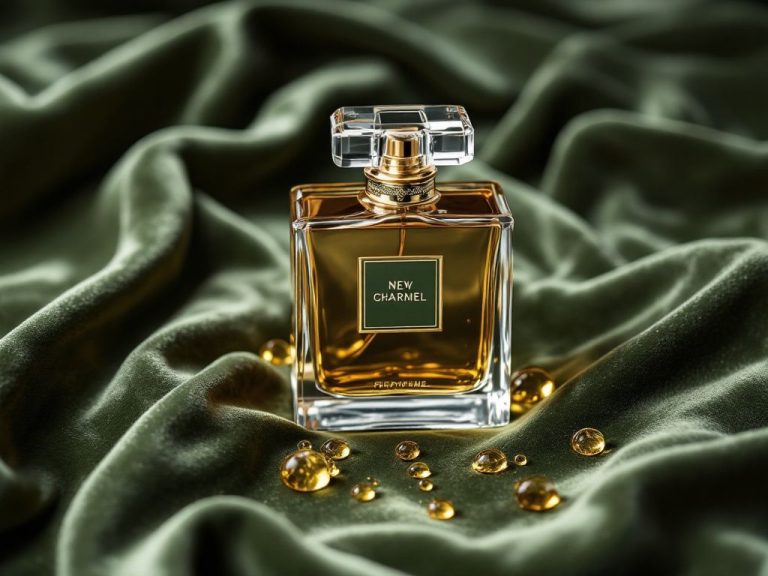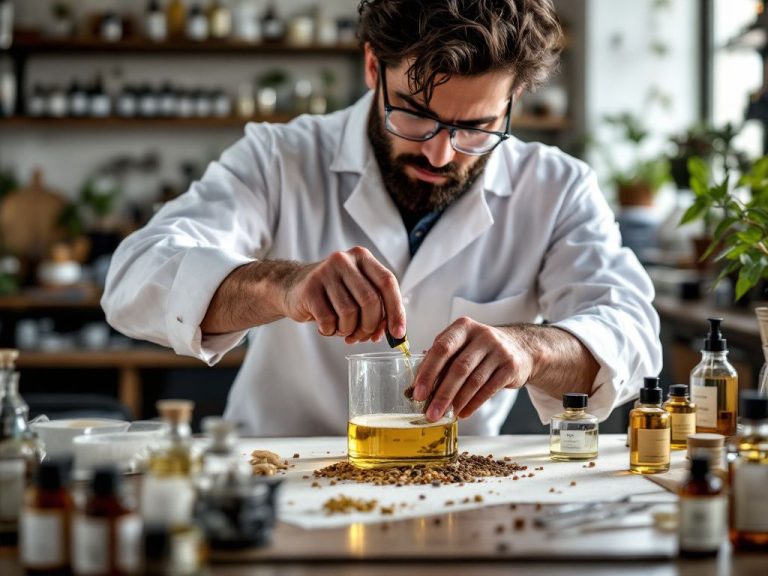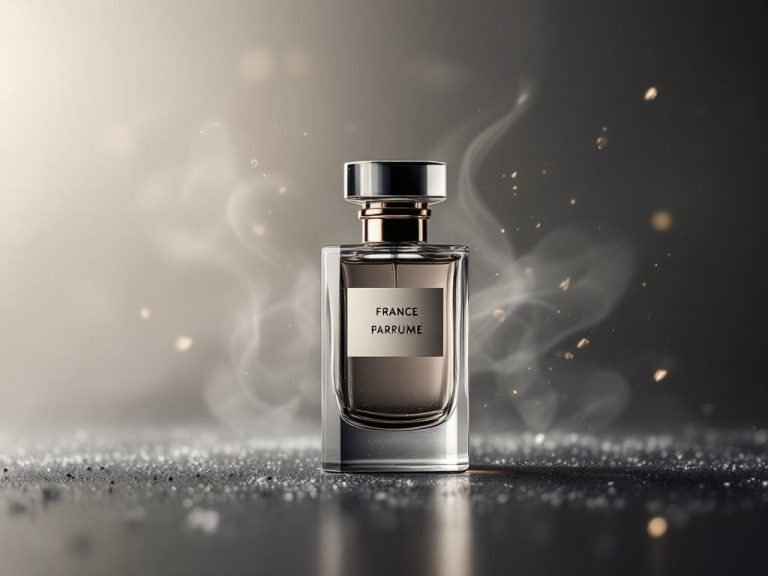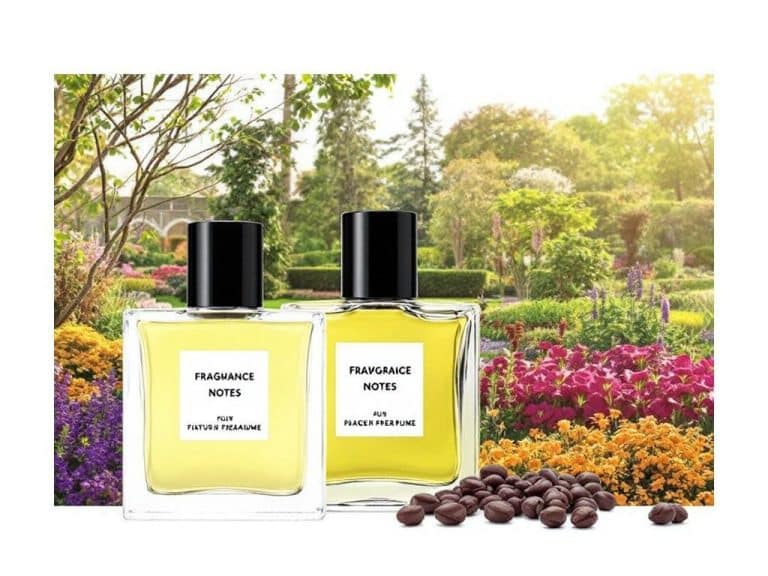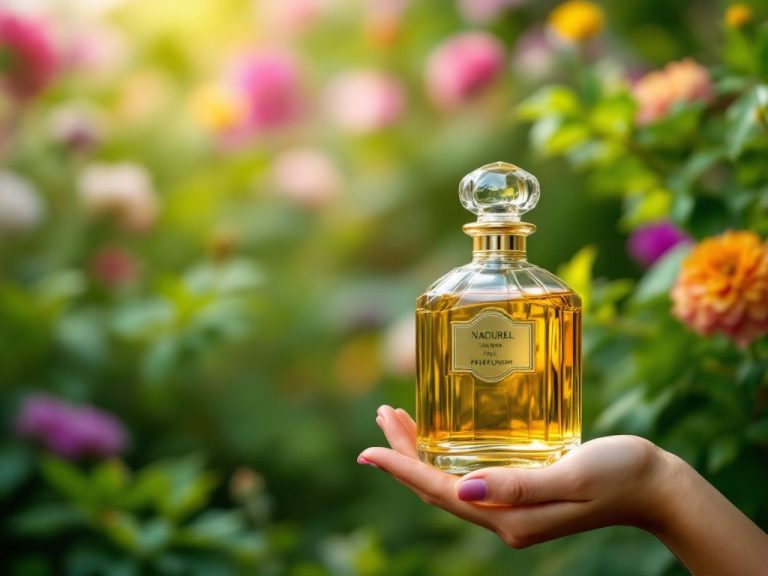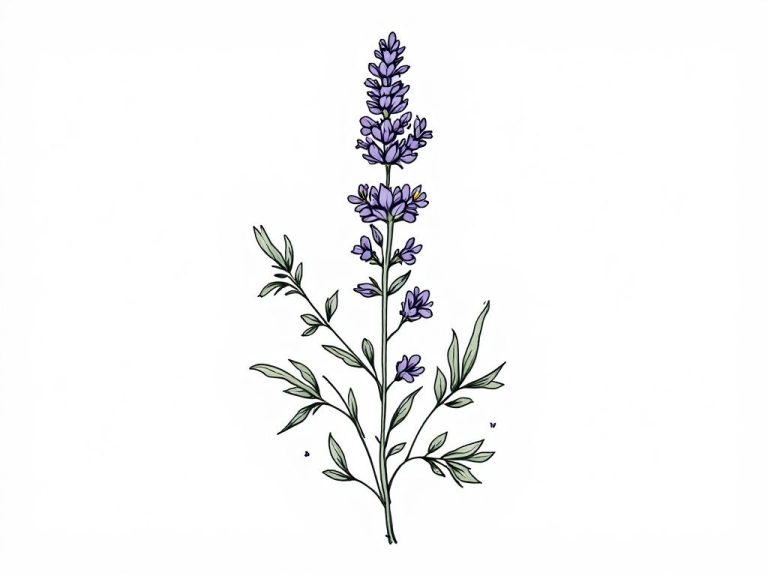
Discover the Magic of Spring-Summer Fragrances
Spring and summer fragrances are all about embracing the lively, complex dance of fragrance chemistry. When the seasons change, the play between fragrance notes shifts, and warm temperatures and humidity ramp up volatile compounds’ evaporation rates, making ‘spring summer fragrances’ truly evocative. By understanding the science behind fragrance notes and how they evolve in warm vs. cold environments, you can pick the perfect ‘spring summer fragrances’ for your needs.

